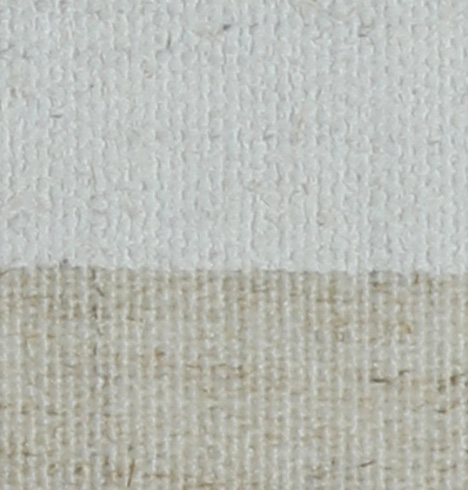Roller blind fabric can undergo various treatments to enhance its resistance to UV rays and other environmental factors. Here's a detailed explanation of some common treatments:
UV-Resistant Coatings:UV-resistant coatings are applied directly to the surface of the roller blind fabric.These coatings act as a protective layer, absorbing or reflecting UV radiation to prevent it from penetrating the fabric.Enhances the fabric's ability to withstand prolonged exposure to sunlight, reducing the risk of color fading and material degradation.
UV Stabilizers in Fabric Composition:UV stabilizers are additives incorporated into the fabric during the manufacturing process.These additives act at a molecular level, stabilizing the fabric and preventing UV-induced damage.Improves the fabric's overall resilience to UV radiation, ensuring long-term durability and color retention.
Colorfast Treatments:Colorfast treatments involve fixing or sealing the fabric's color to prevent fading.By stabilizing the color molecules, these treatments reduce the impact of UV rays on the fabric's appearance.Maintains the vibrancy and integrity of the fabric's color over time, even in the presence of sunlight.

Acrylic Back Coating:Some roller blind fabrics feature an acrylic back coating.This coating provides an additional layer of protection against UV rays and can enhance the fabric's overall durability.Acts as a barrier to UV penetration, minimizing the effects of sunlight on the fabric and extending its lifespan.
Polyester Content for UV Resistance:Fabrics with a higher polyester content inherently offer better UV resistance.Polyester fibers are naturally more resistant to UV radiation, making the fabric less susceptible to degradation.Improves the fabric's ability to withstand exposure to sunlight and contributes to its longevity.
Water-Repellent Treatments:Water-repellent treatments can enhance the fabric's resistance to moisture and prevent issues related to humidity.By repelling water, these treatments reduce the risk of mold, mildew, and other moisture-related damage.Contributes to the overall durability of the fabric, especially in outdoor or high-humidity environments.
Mildew and Mold Inhibitors:Some fabrics undergo treatments with mildew and mold inhibitors.These inhibitors prevent the growth of microorganisms in humid conditions, protecting the fabric from unsightly stains and structural damage.Ensures the fabric remains clean and intact even in environments prone to mold and mildew.
Anti-Static Treatments:Anti-static treatments can be applied to reduce static electricity buildup on the fabric.By minimizing static, these treatments discourage the attraction of dust and particulate matter.Helps keep the fabric clean and reduces the need for frequent cleaning in dry or static-prone conditions.
Flame Retardant Treatments:Flame retardant treatments can be applied to improve the fabric's resistance to fire.These treatments inhibit the spread of flames and reduce the risk of combustion.Enhances the safety of the fabric, especially in areas where fire resistance is a priority.
Nano-Technology Applications:Nanotechnology may be employed to create a protective layer at the molecular level.Nano-sized particles form a barrier against UV rays and environmental pollutants.Provides enhanced UV resistance and protection against factors that can contribute to fabric deterioration.

 中文简体
中文简体 英语
英语 西班牙语
西班牙语







